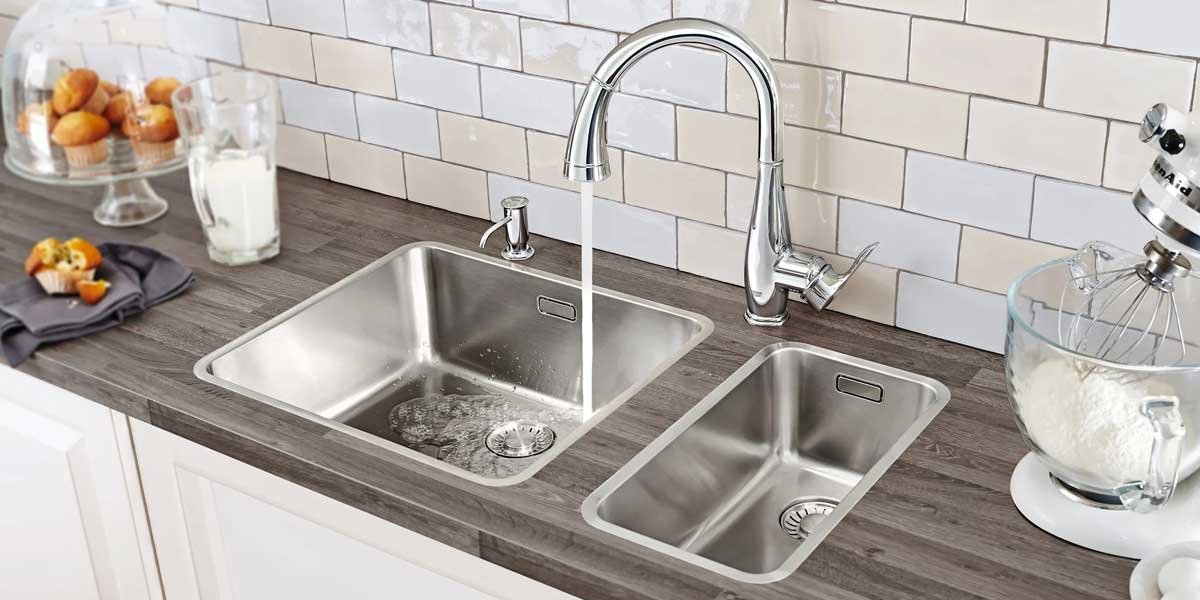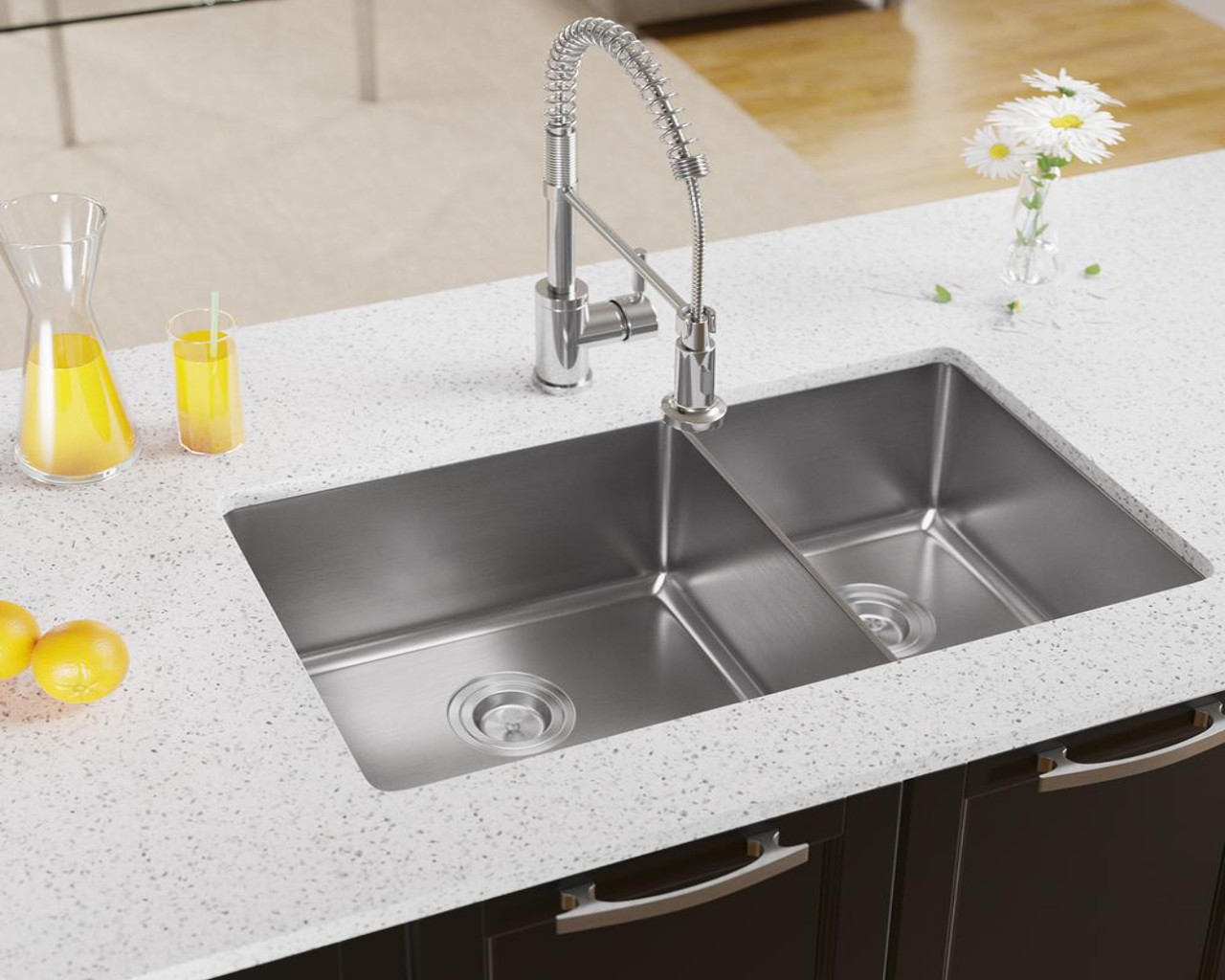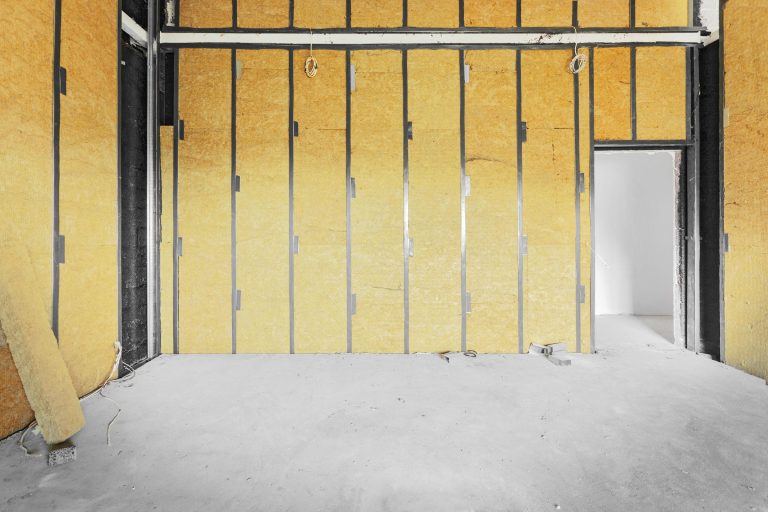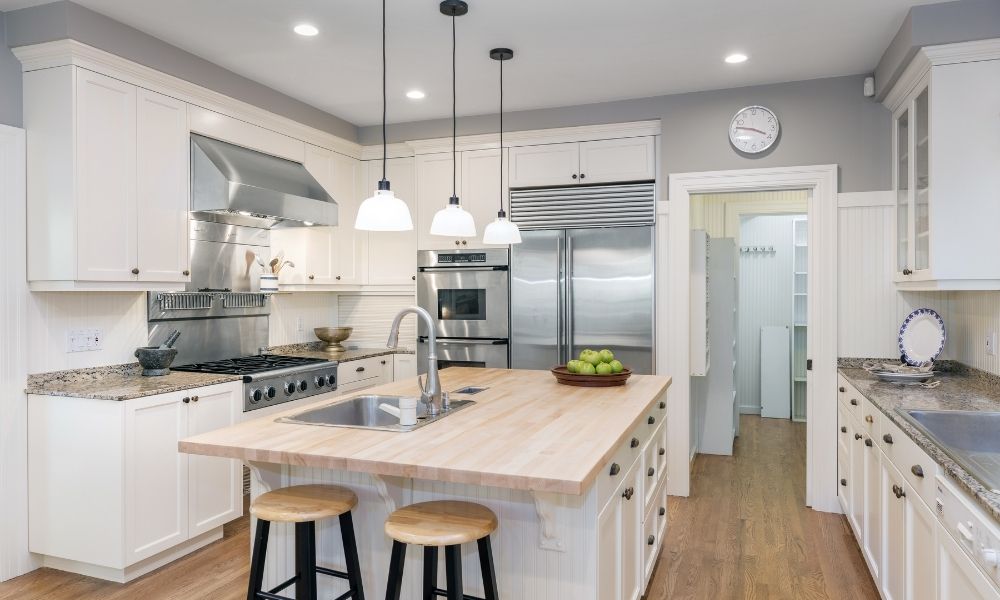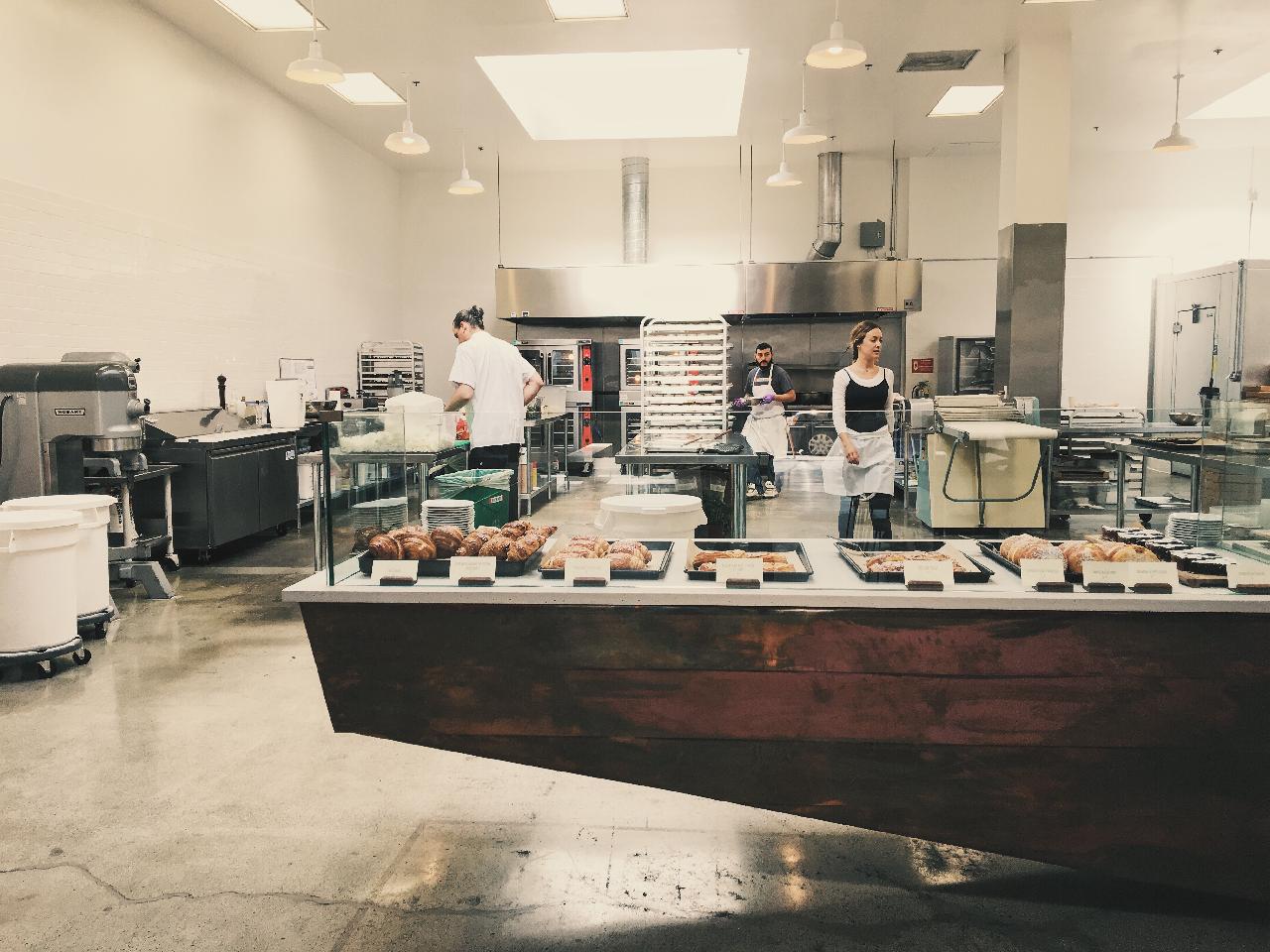If you're in the process of building or renovating your kitchen, one essential component that you may not have given much thought to is the waste line for your kitchen sink. However, it's an important aspect to consider, as it plays a crucial role in the functionality and maintenance of your plumbing system. So, what exactly are kitchen sink waste lines? These are the pipes that connect your sink to the main sewer line, allowing water and waste to flow out of your home. They come in various sizes, materials, and configurations, and choosing the right one for your kitchen is essential. In this article, we'll cover everything you need to know about kitchen sink waste lines, from installation to maintenance and troubleshooting common problems.1. Kitchen Sink Waste Lines: Everything You Need to Know
Installing kitchen sink waste lines is a job best left to professionals, as it involves advanced plumbing skills and knowledge. However, if you have some experience with plumbing, you may be able to tackle this project yourself. The first step is to determine the layout of your kitchen sink and the placement of the waste outlet. Then, you'll need to choose the appropriate size and material for your waste line, depending on the size and type of your sink. Next, you'll need to connect the waste line to the sink's drain and secure it in place with the appropriate fittings. Finally, you'll need to connect the other end of the waste line to the main sewer line and ensure that it's properly vented to prevent any issues with air pressure.2. How to Install Kitchen Sink Waste Lines
As with any plumbing system, kitchen sink waste lines can encounter various problems over time. Some of the most common issues include clogs, leaks, and improper venting. Clogs are usually caused by food particles, grease, and other debris that get stuck in the waste line. They can be easily prevented by using a sink strainer and avoiding pouring grease down the drain. Leaks can also occur due to old or damaged pipes, loose fittings, or corrosion. These should be addressed immediately to avoid water damage and mold growth. Improper venting can lead to unpleasant odors, gurgling sounds, and slow draining. This issue can be resolved by ensuring that your waste line is properly vented, allowing air to flow freely.3. Common Problems with Kitchen Sink Waste Lines
When it comes to choosing the material for your kitchen sink waste line, there are several options available, including PVC, copper, and stainless steel. PVC is the most commonly used material for waste lines, as it's affordable, lightweight, and easy to install. However, it's not as durable as other materials and may be prone to cracking or breaking over time. Copper is a more expensive but highly durable option for waste lines. It's resistant to corrosion and can last for decades with proper maintenance. However, it requires professional installation and may not be suitable for all budgets. Stainless steel is another popular choice for kitchen sink waste lines. It's durable, corrosion-resistant, and can handle high water pressure. However, it's also one of the most expensive options and may require professional installation.4. Choosing the Right Kitchen Sink Waste Line Material
To ensure the longevity and proper functioning of your kitchen sink waste lines, regular maintenance is essential. Here are some tips to keep in mind:5. Tips for Maintaining Your Kitchen Sink Waste Lines
If you encounter a clog in your kitchen sink waste line, there are a few steps you can take to try and resolve the issue before calling a professional plumber. First, try using a plunger to dislodge the clog. If that doesn't work, you can use a plumbing snake or a homemade mixture of baking soda and vinegar to break up the clog. If the clog is too severe, you may need to call in a professional to use more advanced tools to clear it.6. Troubleshooting Kitchen Sink Waste Line Clogs
There are several types of kitchen sink waste lines available, including P-traps, S-traps, and drum traps. P-traps are the most commonly used type and are shaped like a "P", allowing for a constant flow of water to prevent odors and gases from entering your home. S-traps are similar to P-traps but are shaped like an "S". They are not as commonly used and can lead to siphoning of water, which can cause odors and slow draining. Drum traps are less common and are typically found in older homes. They feature a circular trap that can be removed for cleaning but can also be prone to clogging.7. Understanding the Different Types of Kitchen Sink Waste Lines
If your kitchen sink waste line is old, damaged, or no longer functioning properly, you may need to replace it. This is not a job for beginners and is best left to a professional plumber. The first step is to shut off the water supply and remove the old waste lines. Then, you'll need to install the new waste line, making sure to properly secure and connect all fittings and vents. Finally, you'll need to test the new waste line to ensure it's functioning correctly.8. How to Replace Kitchen Sink Waste Lines
Proper venting is essential for kitchen sink waste lines, as it allows air to flow through the pipes, preventing negative pressure and ensuring a smooth flow of water and waste out of your home. If your waste line is not properly vented, you may experience slow draining, gurgling sounds, and unpleasant odors. In severe cases, it can also lead to clogs and backups, which can be costly and time-consuming to fix.9. The Importance of Properly Venting Kitchen Sink Waste Lines
If you're planning a kitchen renovation or simply want to upgrade your plumbing system, it may be worth considering upgrading your kitchen sink waste lines. By choosing higher-quality materials and professional installation, you can ensure that your waste lines will last longer and require less maintenance in the long run. Upgrading your waste lines can also provide added peace of mind, knowing that your plumbing system is in top shape and less likely to encounter issues in the future. In conclusion, kitchen sink waste lines may not be the most glamorous aspect of your kitchen, but they play a crucial role in keeping your plumbing system functioning properly. By understanding the different types, materials, and maintenance tips, you can ensure that your waste lines will continue to serve you well for years to come.10. Upgrading Your Kitchen Sink Waste Lines: What You Need to Know
Why Kitchen Sink Waste Lines are a Crucial Design Element for Your Home
The Importance of Proper Waste Line Design
Preventing Clogs and Backups
 One of the main functions of
kitchen sink waste lines
is to carry wastewater away from the sink and out of your home. Without proper design and installation, these lines can become clogged or backed up, causing a major headache for homeowners. Clogs can occur due to a build-up of debris, such as food scraps, grease, and soap residue. A well-designed waste line system will include features such as
trap valves
and
sewer vents
to prevent clogs and backups and ensure proper drainage. By investing in quality
kitchen sink waste lines
, you can avoid costly and inconvenient plumbing issues in the future.
One of the main functions of
kitchen sink waste lines
is to carry wastewater away from the sink and out of your home. Without proper design and installation, these lines can become clogged or backed up, causing a major headache for homeowners. Clogs can occur due to a build-up of debris, such as food scraps, grease, and soap residue. A well-designed waste line system will include features such as
trap valves
and
sewer vents
to prevent clogs and backups and ensure proper drainage. By investing in quality
kitchen sink waste lines
, you can avoid costly and inconvenient plumbing issues in the future.
Maximizing Space and Aesthetic Appeal
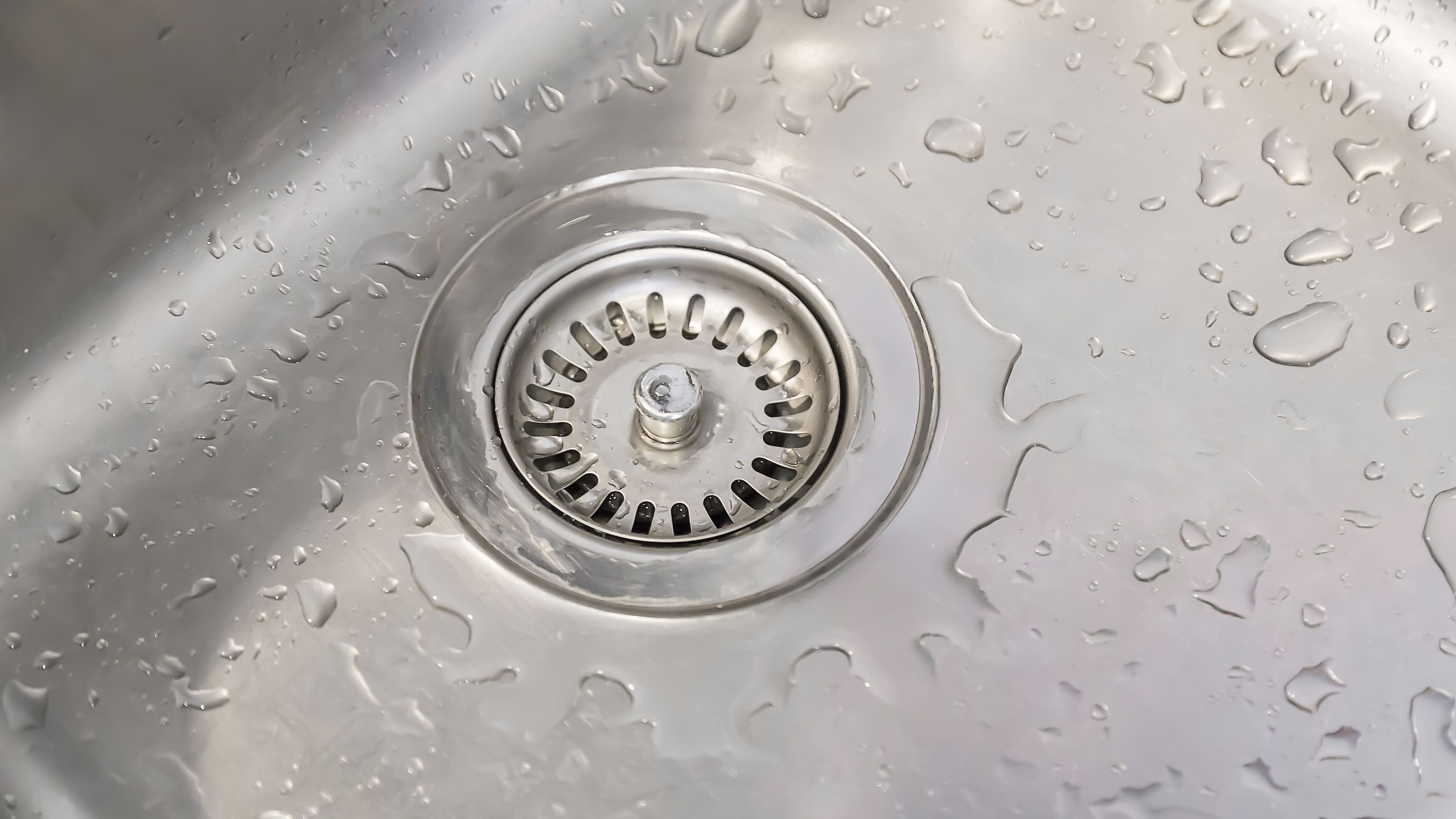 Aside from functionality,
kitchen sink waste lines
also play a role in maximizing space and enhancing the aesthetic appeal of your kitchen. With proper design, waste lines can be concealed behind walls or cabinets, freeing up valuable space under the sink. This not only creates a cleaner and more organized look but also allows for easier access to plumbing in case of repairs or maintenance. Additionally, waste lines can be customized to match the overall design of your kitchen, adding to the cohesive and stylish look of your home.
Aside from functionality,
kitchen sink waste lines
also play a role in maximizing space and enhancing the aesthetic appeal of your kitchen. With proper design, waste lines can be concealed behind walls or cabinets, freeing up valuable space under the sink. This not only creates a cleaner and more organized look but also allows for easier access to plumbing in case of repairs or maintenance. Additionally, waste lines can be customized to match the overall design of your kitchen, adding to the cohesive and stylish look of your home.
Conclusion
 In conclusion,
kitchen sink waste lines
may not seem like a top priority in home design, but they are a crucial element that should not be overlooked. By investing in quality waste line systems, you can prevent plumbing issues, maximize space, and enhance the overall aesthetic appeal of your kitchen. So when planning your next home design project, don't forget to give proper attention to your
kitchen sink waste lines
. Your future self will thank you.
In conclusion,
kitchen sink waste lines
may not seem like a top priority in home design, but they are a crucial element that should not be overlooked. By investing in quality waste line systems, you can prevent plumbing issues, maximize space, and enhance the overall aesthetic appeal of your kitchen. So when planning your next home design project, don't forget to give proper attention to your
kitchen sink waste lines
. Your future self will thank you.
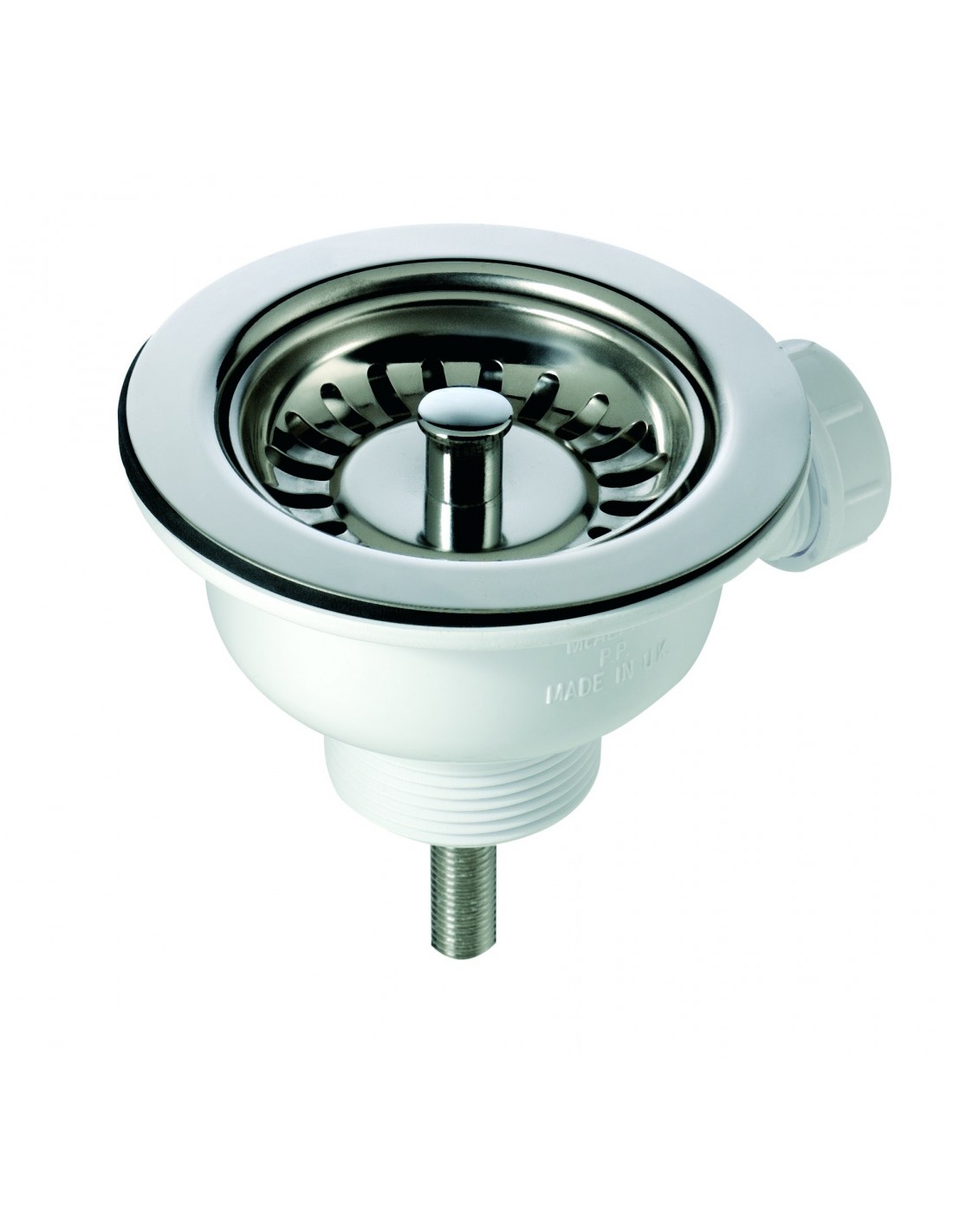





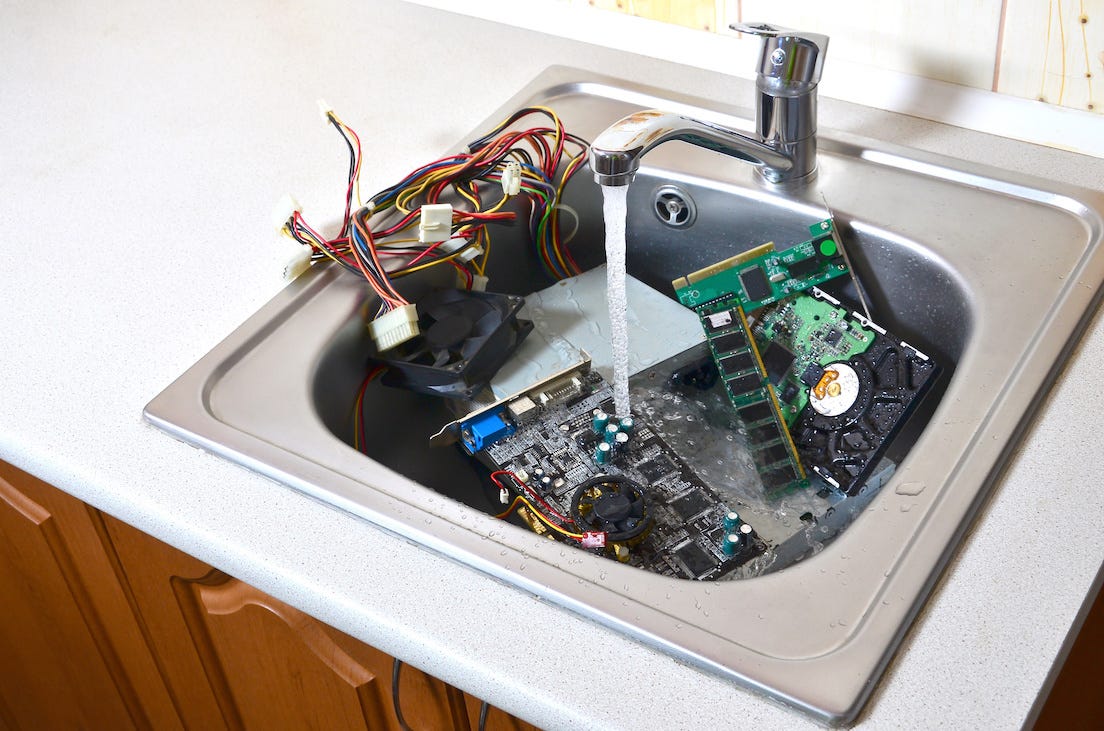

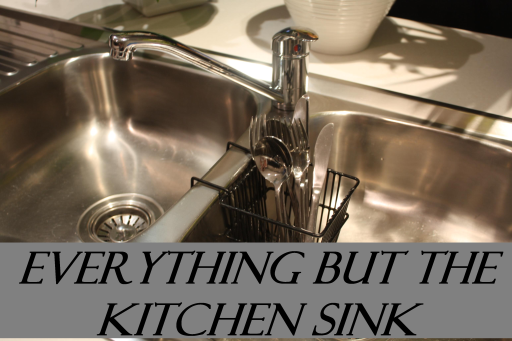














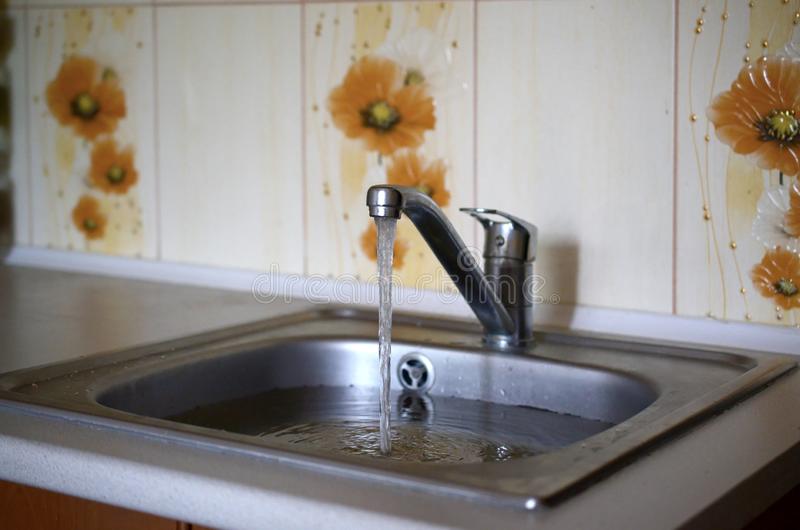



:max_bytes(150000):strip_icc()/Basic-kitchen-sink-types-1821207_color_rev-0b539306b9ef4236a136624ad2a89a4c.jpg)


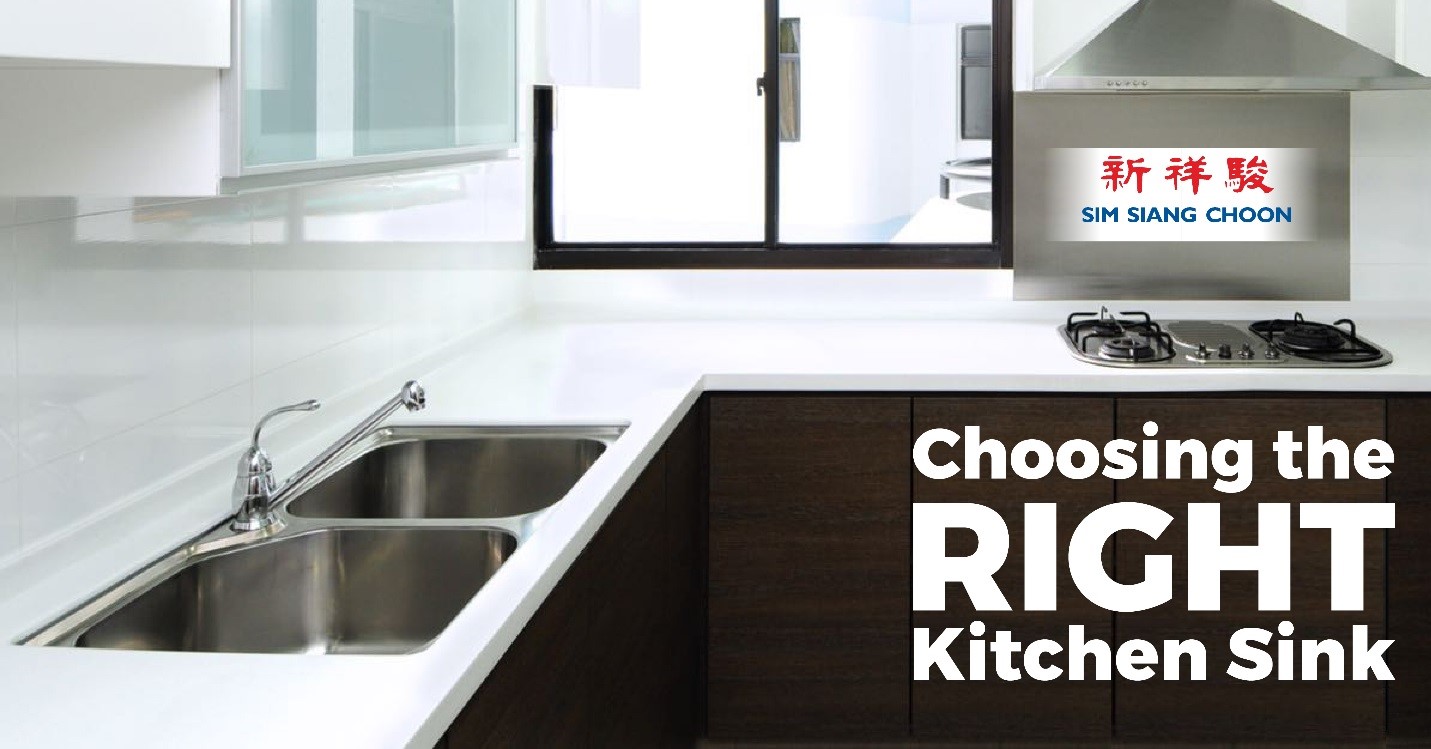











:max_bytes(150000):strip_icc()/chrome-kitchen-sink-1220335649-e0219bab27fa4f6c8dc0fa3c3be4728d.jpg)
